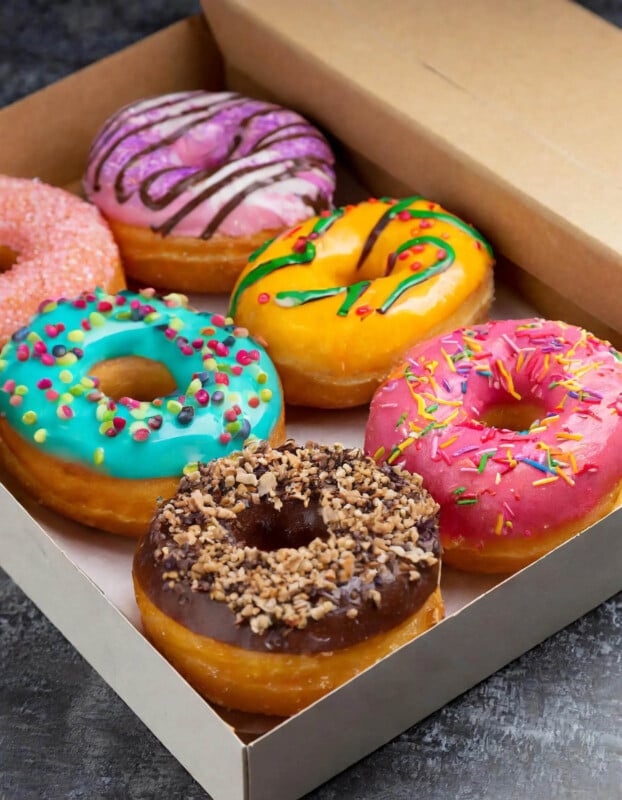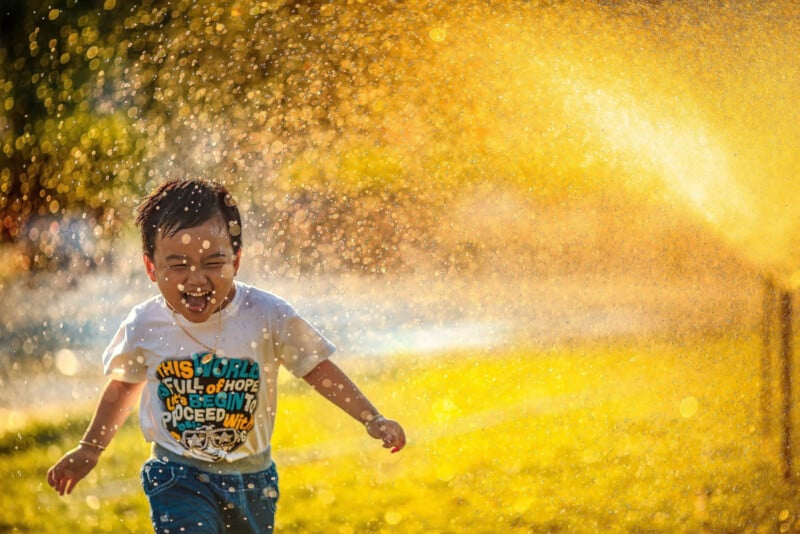GenAI and the Forced Evolution of Photography: From Artifice to Authenticity
![]()
The rise of Generative Artificial Intelligence has been nothing short of revolutionary, impacting every domain from finance to the arts. In the world of photography, GenAI has had a transformative effect, much like the impact photography once had on painting.
The Historical Parallel: Photography and Painting
When photography emerged in the 19th century, it provoked a crisis in the world of painting. No longer did painters need to act as the primary recorders of reality; photography could capture a scene with unparalleled accuracy and detail. This compelled painters to introspect, leading to movements like Impressionism, Expressionism, and Cubism. Painters began exploring the more abstract, emotional, and subjective aspects of art, areas where photography couldn’t intrude.

GenAI’s Emergence and Photography’s Dilemma
Today, GenAI poses a similar challenge to photographers. With the ability to fabricate hyper-realistic images, often indistinguishable from real photographs, GenAI blurs the line between reality and artificiality. If GenAI can recreate or even surpass the aesthetic appeal of a captured moment, what then becomes the essence of photography?
From Artifice to Authenticity
The response has been a compelling shift towards authenticity. In an age where GenAI can create realistic and artistic visuals, photography must return to its original purpose as a trusted recorder of reality. Art will be for painters and prompt engineers. Documenting reality will be for photographers. To maintain its integrity and relevance, photography is now being pushed to clearly demark itself from artificial creations. This means that photographers are gravitating towards:
Documentary-style photography: This involves capturing unaltered, candid moments, often with a focus on storytelling. By emphasizing the truth, photographers can offer something GenAI can’t fabricate – genuine human experiences. Think weddings, for example. No one will want GenAI images of the couple exchanging vows.
Photojournalism: Prioritizing truth over aesthetics, photojournalists aim to present an unbiased view of reality, further distancing themselves from the artifice of GenAI. A must for our democratic societies to thrive.
Emphasis on Process: Much like how painters celebrated the brushstroke post-photography, photographers will further highlight their unique processes, equipment choices, and techniques to differentiate their work from machine-generated images accompanied by certificates that verify each step of the process, ensuring it is firmly rooted in reality.
Beyond the Realism-Artifice Dichotomy
The push for realism doesn’t mean there’s no room for creativity in photography. On the contrary, photographers should merge realism with artistic interpretations. Use the “old” medium to explore deeper truths, playing with shadows, compositions, and contexts to evoke emotions and narratives, all while staying clearly rooted in authenticity.

The Future of Photography in a GenAI World
Just as painting underwent a transformative evolution after the advent of photography, so too will photography evolve in response to GenAI. While GenAI boasts the ability to mimic and replicate, it cannot capture the human touch, the genuine intent, or the spontaneous moments that define a photographer’s click. Photography is more than just an image—it’s our connection to the real world, to one another, and to moments that inform our decisions. The next generation of photographers will become masters of probability, documenting reality with certitude. It’s this intrinsic human connection and touch with reality that will forever differentiate genuine photography from AI-generated imagery.
As the lines between the real and the artificial blur, photography’s role in preserving and portraying reality becomes even more paramount. While GenAI forces a reevaluation of the purpose and essence of photography, it certainly doesn’t diminish its value. Instead, it pushes photographers to evolve, to be more discerning in their approach, and to capture the world with an authenticity that only they can provide.
The opinions expressed in this article are solely those of the author.
About the author: Paul Melcher is a photography and technology entrepreneur based in New York, and the founder of Kaptur, a news magazine about the visual tech space. You can find more of his writings on his blog, Thoughts of a Bohemian. Melcher offers his services as a consultant as well. This article was also published here.
Image credits: Header photo generated with Adobe Firefly